Submandibular Gland and Duct Stones
SUBMANDIBULAR GLAND AND DUCT STONES WHAT YOU MIGHT FEEL PAIN AND DISCOMFORT Where It Hurts The pain is typically felt under your lower jaw or along the floor of your mouth. When It Hurts The pain often worsens when you’re eating or drinking as the saliva that is normally produced is unable to escape the gland and accumulates to cause pain and discomfort. SWELLING Where You’ll See It The swelling is usually under your jaw or on the floor of your mouth. When It Happens Like with Parotid Duct stones, it’s often more noticeable when you eat. DRY MOUTH How It Feels You’re more likely to experience a dry mouth with these types of stones, which can make eating and talking uncomfortable. DIFFICULTY IN SWALLOWING OR SPEAKING How Often This is more common than with Parotid Duct stones, especially if the stone is large. HOW IT’S DIAGNOSED CLINICAL HISTORY Chief Complaint Dr Sandeep and his team begin by asking the patient about their chief complaint. Patients with submandibular gland stones may report symptoms such as pain, swelling, or discomfort in the area beneath the jaw, typically exacerbated during meals when salivary flow increases. Symptom Duration and Progression It’s essential to ascertain how long the patient has been experiencing these symptoms and whether they have been worsening over time. This information can provide insights into the chronicity and severity of the condition. Pain Characteristics Details about the pain, such as its location, intensity, and whether it radiates, are crucial. Patients may describe the pain as intermittent or constant and may provide information about any triggers. Swallowing Difficulty Patients may experience difficulty swallowing due to the presence of a stone obstructing the duct. The team explores the extent of this symptom and its impact on the patient’s daily life. Recurrent Infections Inquiring about a history of recurrent salivary gland infections can be revealing, as it suggests a chronic issue that needs addressing. Medical History Dr Sandeep collects information about the patient’s medical history, including any systemic illnesses or medications that could be contributing to salivary gland dysfunction. Lifestyle and Risk Factors Lifestyle factors, such as smoking and alcohol consumption, may be linked to salivary gland issues. Dr Sandeep discusses these factors and their potential impact. Dental and Oral Hygiene Poor oral hygiene and dental problems can sometimes contribute to the development of submandibular gland stones. The team asks about recent dental procedures and oral care practices. Previous Episodes Patients with a history of submandibular gland stones may provide valuable information about prior episodes, including any treatments they received and their outcomes. Psychosocial Impact Dr Sandeep and his team also consider the psychosocial impact of the condition, as chronic pain and discomfort can affect a patient’s quality of life. By delving into these aspects of the patient’s history, Dr Sandeep Uppal and his team create a comprehensive clinical picture. This detailed history helps guide further diagnostic tests and treatment decisions, ensuring that patients receive tailored and effective care for submandibular gland stones at The ENT Clinic in the UK. PHYSICAL EXAMINATION Dr Sandeep will focus on feeling under your jaw and the floor of your mouth, possibly asking you to lift your tongue for a more thorough check. He will look for any sign of the stone at the opening of the submandibular gland duct, where it might appear as a swelling. He will also palpate the floor of the mouth to determine the number of stones and their position. He will also feel the neck for any swelling of the submandibular gland. IMAGING An ultrasound is often the first imaging test, but a CT scan could be used for a more detailed view, especially if you have multiple stones or recurrent symptoms. LAB TESTS Blood tests may be conducted to rule out any underlying infections or systemic conditions contributing to the symptoms. By understanding the specific symptoms and diagnostic steps for each type of salivary gland stone, you’re better equipped to work with Dr Sandeep Uppal and his team for effective treatment. Their expert care ensures you receive the most comprehensive and personalised management plan for your condition. TREATMENT OF SUBMANDIBULAR DUCT STONES The treatment of submandibular gland duct stones involves a tailored approach that considers the size and location of the stone, the patient’s overall health, and their individual preferences. Here are the primary treatment options for submandibular gland stones: CONSERVATIVE MANAGEMENT Small stones that do not cause significant symptoms may be managed conservatively. Salivary Gland Massage Patients are taught how to massage the affected gland to encourage the stone’s movement towards the duct’s opening, facilitating its removal. Patients are advised to maintain good oral hygiene, drink plenty of fluids, and massage the gland to promote saliva flow. Sialogogues Medications known as Sialogogues, such as sour candies or drugs that stimulate saliva production, may be prescribed to help flush out smaller stones. Antibiotics If the stone has caused an infection, antibiotic therapy may be prescribed to treat the infection before proceeding with stone removal. Extracorporeal Shock Wave Lithotripsy (ESWL) ESWL is a non-invasive procedure that uses shock waves to break up salivary gland stones. It is typically reserved for smaller stones that are amenable to fragmentation. Surgery SIALENDOSCOPY AND STONE RETRIEVAL Sialendoscopy is a minimally invasive procedure where a thin, flexible endoscope is inserted into the salivary duct. Dr Sandeep and his team can visualize the stone and use tiny instruments to remove it or break it into smaller pieces. DUCT DILATION For larger stones or those deeply embedded in the duct, duct dilation may be performed. This involves enlarging the duct’s opening to facilitate stone removal. SURGICAL REMOVAL In cases where other methods are not feasible or effective, surgical removal of the stone and potentially the affected gland (Submandibular gland and duct removal) may be necessary. Dr Sandeep ensures that this option is only considered when conservative and minimally invasive methods have been exhausted. FOLLOW-UP CARE After treatment, patients are closely monitored to ensure that the stone has been
Submandibular Gland and Duct Stones Read More »


